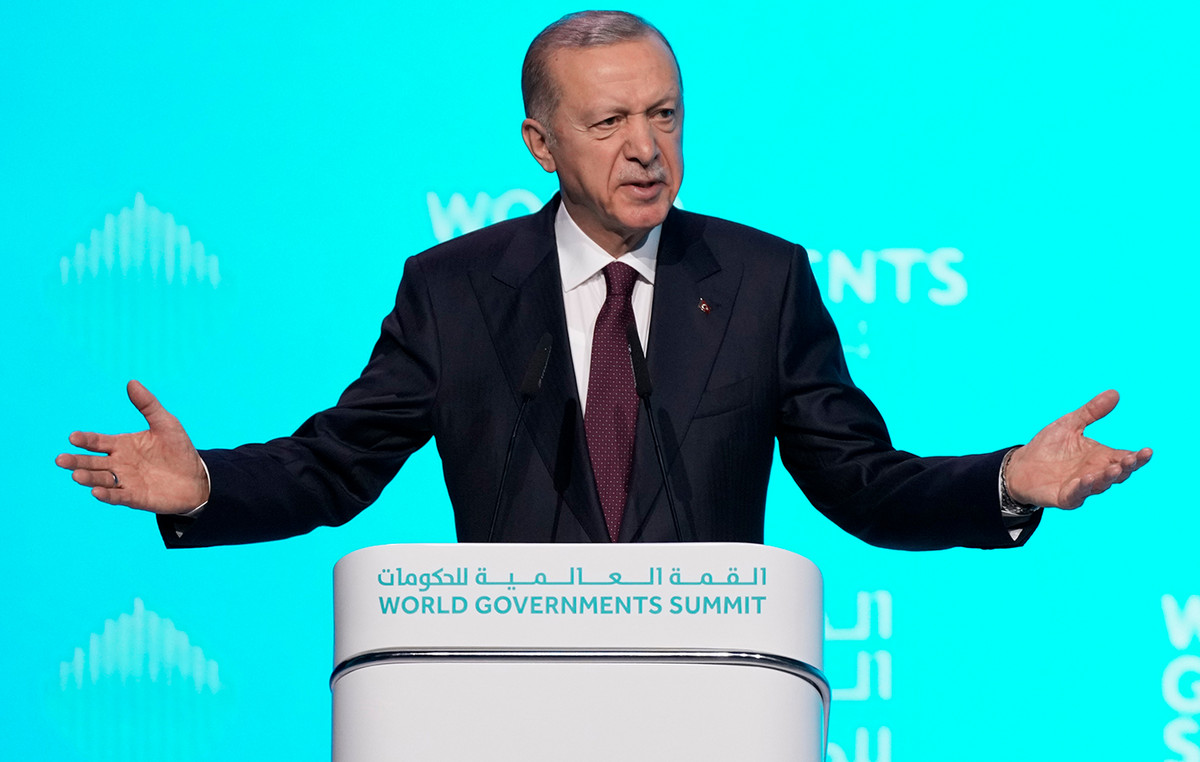- The USD/MXN records slight losses in the day despite reaching previously maximum three days in 19.67.
- The US dollar is strengthened after the ISM manufacturing PMI fell less than expected.
- Donald Trump announces that he is close to reaching tariff agreements with India, Japan and South Korea. The president of the USA Vaticina many chances of reaching an agreement with China.
The USD/MXN moves in a very narrow range this Thursday, with a scarce volume of operations due to the work day holiday in Mexico. The torque reached in the first part of Thursday a maximum of three days in 19.67, later falling to a minimum daily in 19.59. At the time of writing, the cross lies about 19.60, losing a slight 0.06% in the day.
The US dollar jumps three weeks after the US manufacturing ISM.
The US dollar index (DXY) has risen with force after the publication of the ISM manufacturing pmi in the United States. The indicator has retreated 48.7 in April since March 49, improving the 48 expected by the market. The employment component has risen to 46.5 from 44.7, while that of new orders has increased to 47.2 from 45.2.
The DXY index has received this data very positively, shooting over 100.00 to 100.30, its highest level since April 11.
Previously, USA revealed that weekly unemployment subsidy requests had risen to 241,000 In the week of April 26 since the previous 223,000, worsening the 224,000 expected by experts.
The weak employment data of ADP and unemployment subsidy requests can be an advance of what awaits tomorrow in non -agricultural payrolls of US for the month of April. Experts foresee the creation of 130,000 jobs, below March 228,000. Any important detour could affect the contribution of the USD/MXN.
On the other hand, last yesterday, Donald Trump revealed that they were very close to reaching agreements on tariffs with Japan, India and South Korea. He also assured that there are many chances of reaching a good agreement with China, which improved the feeling of the market and promoted the appreciation of the Mexican peso against the dollar, which remains at this time despite the recent rebound of the DXY index.
USD/MXN Price levels
The relative force index (RSI) of 14 is well settled below 50 in short and long term graphics, pointing out the possibility of more declines in the next hours for the USD/MXN.
In case of breaking the support located in the mobile average of 100 in time graph at 19.58, the torque could find a strong containment zone between 19.48 and 19.46, minimum of this week and soil of 2025, respectively.
Upwards, a rupture of the roof of the last two weeks around zone 19.75 could lead to the torque towards the psychological zone of 20.00, then on the mobile average of 100 in daily graphic located at 20.30.
Mexican weight FAQS
The Mexican weight (MXN) is the most commercialized currency among its Latin American peers. Its value is widely determined by the performance of the Mexican economy, the country’s central bank policy, the amount of foreign investment in the country and even remittance levels sent by Mexicans living abroad, particularly in the United States. Geopolitical trends can also affect MXN: for example, the Nearshoring process (or the decision of some companies to relocate the manufacturing capacity and supply chains closer to their countries of origin) is also considered a catalyst for the Mexican currency, since the country is considered a key manufacturing center in the American continent. Another catalyst for MXN is oil prices, since Mexico is a key exporter of the raw material.
The main objective of the Central Bank of Mexico, also known as Banxico, is to maintain inflation at low and stable levels (in or close to its 3%target, the midpoint of a tolerance band between 2%and 4%). To do this, the bank establishes an adequate level of interest rates. When inflation is too high, Banxico will try to control it by raising interest rates, which makes the indebtedness of homes and companies more cooling, thus cooling the demand and the economy in general. The highest interest rates are generally positive for Mexican weight (MXN), since they lead to higher yields, which makes the country a more attractive place for investors. On the contrary, lower interest rates tend to weaken the MXN.
The publication of macroeconomic data is key to evaluating the state of the economy and can have an impact on the valuation of the Mexican weight (MXN). A strong Mexican economy, based on high economic growth, low unemployment and high confidence is good for MXN. Not only attracts more foreign investment, but it can encourage the Bank of Mexico (Banxico) to increase interest rates, particularly if this fortress is accompanied by high inflation. However, if the economic data is weak, the MXN is likely to depreciate.
As an emerging market currency, the Mexican weight (MXN) tends to rise for periods of risk, or when investors perceive that the general market risks are low and, therefore, are eager to participate in investments that carry a higher risk. On the contrary, the MXN tends to weaken at times of market turbulence or economic uncertainty, since investors tend to sell higher risk assets and flee to the most stable safe shelters.
Source: Fx Street
I am Joshua Winder, a senior-level journalist and editor at World Stock Market. I specialize in covering news related to the stock market and economic trends. With more than 8 years of experience in this field, I have become an expert in financial reporting.







